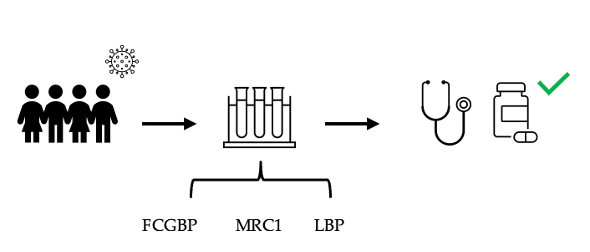
Fig 1. The potential added value of testing for novel biomarkers including FCGBP, MRC1, and LBP in children with MIS-C include the quick and accurate diagnosis, treatment, and prognosis.
Invention Summary:
The multiorgan involvement of multisystem inflammatory syndrome in children (MIS-C) prompts a critical need for timely, accurate disease diagnosis and prognosis.
Rutgers researchers used proteomics to discover biomarkers in the plasma of children with MIS-C. These include Fc gamma binding protein (FCGBP), Mannose receptor C-1 (MRC1), and LPS-binding protein (LBP). These biomarkers are associated with severe infection leading to systemic organ damage or sepsis. The detection of these biomarkers is suggested to increase the accuracy and speed of diagnosis, allow for earlier therapeutic intervention, and better predict the risk of secondary infection. In total, the categorical detection of these biomarkers can lead to improved assessment of disease severity and better patient outcomes.
Market Applications:
- Diagnostic/prognostic semiquantitative plasma biomarker detection of in children suspected to have MIS-C at emergency evaluation
- Prognostic risk assessment for secondary infection
Advantages:
- Non-invasive detection method
- Surrogate markers of viral persistence
- Requires less sensitive measurement
- Affordable
- Amenable to common immunoassay formats
Intellectual Property & Development Status: Provisional patent application filed, patent pending. Available for licensing and/or research collaboration. For any business development and other collaborative partnerships contact marketingbd@research.rutgers.edu